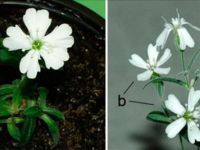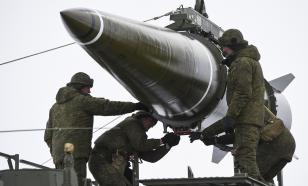Russian Scientists revive Ice Age flower
Recent study paves the way for a possible resurrection of large mammals like mammoths. A plant was resurrected from a fossilized fruit...

An Ice Age squirrel created a chamber, a burrow, containing fruit and seeds that had been stuck in the Siberian permafrost for over 30,000 years. Russian researchers were able to resurrect an extinct flower from tissues frozen for more than 30,000 years in the permafrost of Siberia.
Silene stenophylla
This is the oldest plant to be regenerated, according to scientists, which is fertile and able to produce viable white flowers and seeds.
"The squirrels dug the frozen ground to build their burrows, which are about the size of a soccer ball. They first put in hay and then animal fur for a perfect storage chamber," said Stanislav Gubin, one of the authors of the study, who spent years rummaging through the area for squirrel burrows. "It's a natural cryobank."
Canadian researchers have managed to revive plants much younger than S.stenophylla from seeds. The Russian study, however, reaffirmed that the tissue can be preserved in ice for thousands of years, paving the way for a possible resurrection of the Ice Age mammals.
The experiment shows that the permafrost serves as a natural deposit of ancient life forms, say the researchers who published the study results on Tuesday (21st) in the journal Proceedings of the National Academy of Sciences.
Svetlana Yashina, Institute of Cell Biophysics of the Russian Academy of Sciences, who led the work of tissue regeneration, said the plant was resurrected much like its modern version, which continues to grow in the same area of Siberia.
The researchers were able to retrieve the fruit of the plant after investigating dozens of fossils hidden in ice deposits on the bank of the Kolyma River in northeastern Siberia, with sediment dating from 30,000 to 32,000 years.
The sediments were firmly bonded and often completely filled with ice, thus making impossible any infiltration of water - which created a natural freezing chamber, completely isolated from the surface.
"We consider it essential to continue permafrost studies in search of an ancient genetic pool, that of pre-existing life, which hypothetically has long-since vanished from the Earth's surface," the scientists said in the article.
Translated from the Portuguese version by:
Lisa Karpova
Pravda.Ru
Subscribe to Pravda.Ru Telegram channel, Facebook, RSS!


